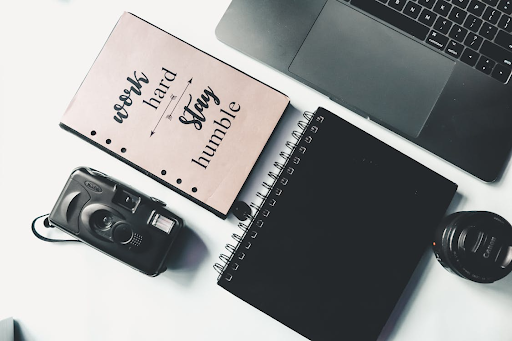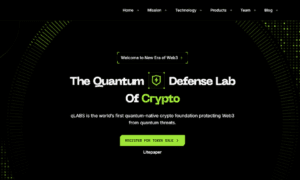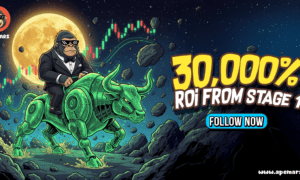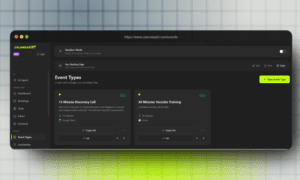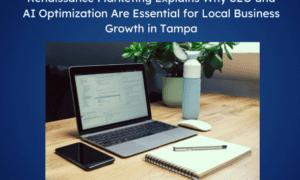In the B2B technology sector, competition is fierce. New platforms, cloud solutions, and SaaS products launch every week. That makes it harder than ever to cut through the noise and leave a lasting impression on potential clients.
While digital channels dominate most marketing plans, there’s one underrated tactic that continues to prove its worth: custom merchandise. The right branded items aren’t about selling a product — they’re about reinforcing your brand story and creating real connections with prospects.
Beyond freebies: the psychology of physical touchpoints
The reason custom merchandise works is simple: people remember experiences they can hold onto. A digital ad disappears in a second, but a notebook on someone’s desk or a coffee cup they carry every morning keeps your brand visible. It’s not about “stuff”; it’s about presence. Physical items:
- Provide constant brand reminders in everyday life.
- Tap into reciprocity — people feel positive towards brands that give them something useful.
- Signal professionalism and investment in the relationship.
Where merchandise fits in the sales funnel
1. Awareness stage
When introducing your brand, consider merchandise as a conversation starter. Opt for something lightweight and practical when attending trade shows or networking events. You may choose:
- Tote bags customised with your logo
- Webcam covers that highlight digital security themes
- Reusable drinkware that supports sustainability narratives
These items don’t close deals, but they plant seeds of recognition.
2. Consideration stage
Once someone knows who you are, the challenge is staying in their field of vision. Branded items at this stage should feel more personalised and thoughtful, like:
- Premium notebooks
- Branded drink bottles
- Small tech accessories
They reinforce your professionalism while building a sense of connection.
3. Decision stage
Closing deals often comes down to trust. Merchandise at this stage should strengthen that trust and signal commitment. Curated packs or high-value gifts can underline the partnership you’re proposing, for example:
- Desk sets for daily use
- Wireless chargers or smart accessories
- Welcome kits to celebrate new client relationships
Best practice tips for B2B merchandise
- Consider the audience: Align your merchandise with what the audience needs. Tech buyers respond best to items that are innovative and durable.
- Focus on quality: Check the quality of the merchandise you give out. When an time is durable and well-chosen, it boosts your brand positively.
- Align with your values: If sustainability is a key part of your brand story, opt for eco-friendly items that reflect this commitment. You can try going for eco cutlery or for a tech-focused audience, go for bamboo USB drives.
- Integrate campaigns: Merchandise shouldn’t stand alone. Pair it with digital follow-ups to create a joined-up strategy.
- Measure impact: Use scannable codes, unique landing pages, or follow-up surveys to see what works.
The Evolving Role of Merchandise
Remote work has shifted how businesses connect. Instead of handing out items at events, companies now send branded packs directly to prospects’ homes. That makes merchandise more personal and impactful than ever.
Sustainability is also reshaping expectations. Recipients don’t want plastic-heavy, disposable swag. They want products that reflect care for the environment—reusable, recyclable, or responsibly sourced.
Tech audiences also love “smart merchandise”. This type of merch refers to items embedded with digital tech. They could be in the form of a QR code that links directly to online content.
Closing thought
For tech companies, merchandise isn’t just a sales pitch. When done right, they are great strategies that build awareness, trust, and connection with your target audience. It allows your brand to get remembered even after the first handshake.

